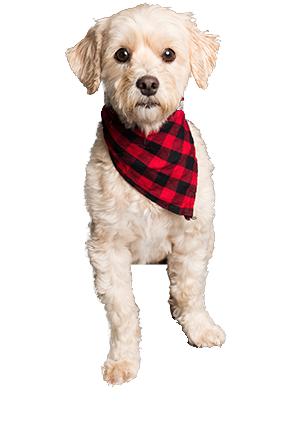I’ve had my fair share of experiences with various massage guns, and finding the right attachments really matters if you’re aiming for a quieter experience. When you look at massage guns designed to offer a silent experience, attachments play a pivotal role. These devices often boast noise levels below 45 decibels, making them incredibly quiet compared to the loud 70-decibel roar common in older, more generic models. This is crucial for those who want to relax without a ruckus, and the attachments you choose can make or break the silence.
First off, look at the material of the attachment. Attachments made from high-density foam or silicone significantly dampen sound compared to their hard plastic counterparts. The softer materials absorb some of the vibrations and reduce the rattling noise that can occur. This is true even when the device operates at high speeds of up to 3200 percussions per minute. For instance, a friend of mine who loves using his massage gun in the office swears by his set of silicone heads, particularly the round ball attachment. It glides smoothly, and doesn’t generate the kind of rattling noise you’d expect, thus allowing him to use it without disturbing his colleagues.
Then there’s the shape of the attachment to consider. For those not familiar with the specifics, the bullet head attachment is generally smaller and provides intense, concentrated pressure which some people appreciate for deep tissue relief. However, because of its pointed structure, it tends to vibrate more intensely, making it slightly noisier. On the other hand, a larger, flatter attachment, like a dampener or cushion head, distributes the pressure more evenly and absorbs vibrations better, resulting in a quieter operation. Historically, these have been used by professional athletes who need post-training therapy without the loud buzz in a busy locker room.
Equally important is the design of the massage gun itself. Companies have started paying more attention to motor technologies. For example, devices with brushless motors are notably quieter and more durable. I’ve often marveled at how effectively the newer generations of these motors operate. A good motor, paired with a well-thought-out attachment, creates a balance between effective muscle relief and low noise production.
Brands are a big part of this discussion too. Leading names like Theragun and Hyperice have developed specialized attachments intended to provide quieter experiences. Their innovation often revolves around reducing the internal noise of the gun itself but complementing this with a range of attachments engineered for silence. Anecdotal evidence from a physiotherapist I know supports this; she insists on using certain brand-specific attachments to keep her sessions serene for clients who prefer undisturbed relaxation.
I remember reading about a clinical study that highlighted the benefits of percussion therapy using custom attachments. One key takeaway was that muscle recovery times decreased by nearly 30% when using the right combination of attachment shape and material, minimizing muscle soreness while maintaining quiet operation. This aligns with the real-world application where people are now keen on experiences that do not disturb their surrounding environment, especially in places like offices, gyms, and at home at night.
Price naturally comes into play. The market for low-noise, high-quality attachments might set you back a bit more—ranging between $20 to $50 per attachment—but the investment can be worth it. Especially if your goal is to integrate these tools into daily life without blasting out your surroundings. You’ll find that those extra dollars often go into research and development aimed at producing high-caliber vibration dampeners and quieter motor mechanisms. It’s important to stress that, in the world of massage guns, expensive doesn’t always equate to quiet, but quality attachments certainly make a difference.
Certain tech-savvy companies have explored proprietary materials and coupling designs that ensure the attachment stays securely in place, further minimizing noise-producing rattles. In my pursuit of ultimate peace during a massage, I even toyed with the idea of DIY modifications, like adding an additional layer of silicone over an attachment to test theories. The results—while slightly reducing noise—were not as refined as the options from professional manufacturers.
At this point, it’s essential to bridge any understanding gaps with real-life application. Several testimonials online note that with a quiet massage gun paired with suitable attachments, people have improved their recovery routines without disturbing their partners or housemates late at night. Personally, running my massage routine after 10 p.m. is no longer a wake-up call for my family since switching to attachments that cater specifically to noise reduction.
For anyone keen on exploring this avenue further, I’d highly recommend visiting this Quiet Massage Gun site, where you can dive into specs and reviews. It’s a comprehensive resource for those who wish to delve deeper into the nuances of silent percussion therapy—believe me, your muscles and your ears will thank you.

